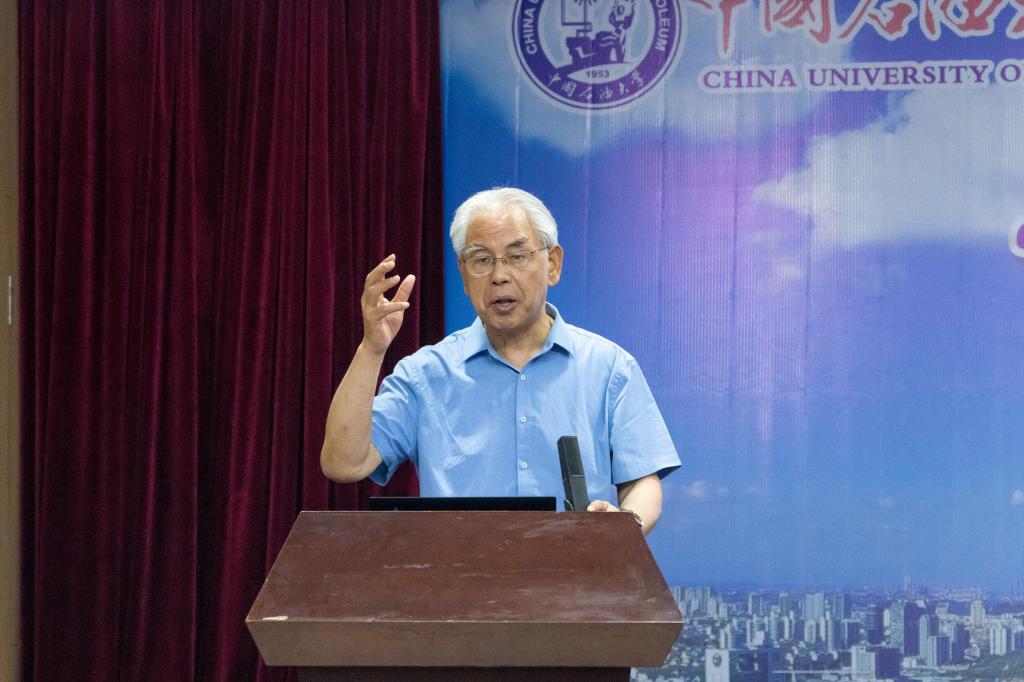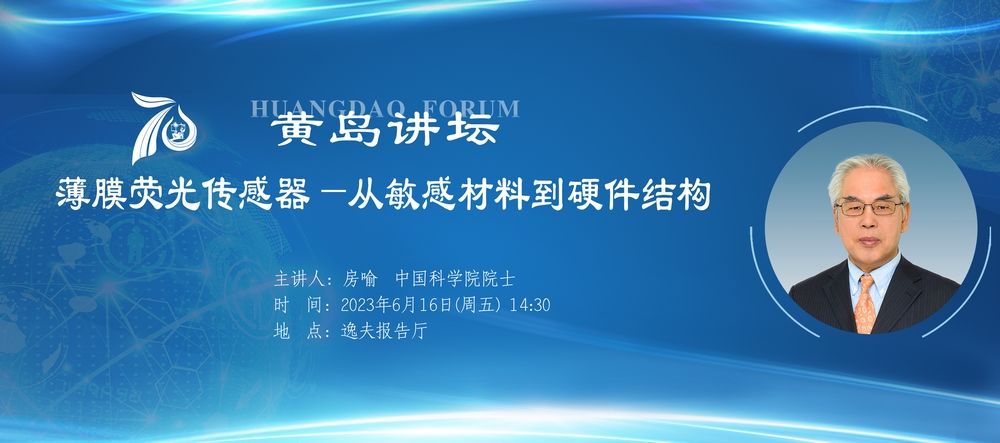On June 16, 2023, Prof. Fang Yu was invited to the 76th Huangdao Forum of China University of Petroleum on its Qingdao Campus, and gave a report titled "Film-based Fluorescence Sensors - From Sensitive Materials to Hardware Structure".

Fang Yu said that many countries have been encouraging and supporting the research and development of sensors, of which the United States included "Advanced Sensing technology" in the "List of Key and Emerging Technologies". The research and development of sensor technology, which has been a focus of attention as a key technology of the Internet of things, faces opportunities as well as challenges. He said that Chinese enterprises in the sensor field are facing difficult problems, and "in the future, those who dominate the sensors lead the new era."
Fang Yu said that at present, China’s sensor technology continues to improve, gradually shortening the gap with developed countries, and is developing in the direction of smart, networking and large-scale sensors, but the problems such as difficult and costly system platform construction still exist, so he hoped that Chinese researchers can persevere and make breakthroughs.
Speaking of sensor hardware structure, Fang Yu introduced the adlayer effect and the stacked layer sensor structure in detail. Compared with the traditional hardware structure, the stacked layer structure has the outstanding advantages of compact structure, high stability performance and low energy consumption, which is of far-reaching significance in breaking the monopoly of the US sensor technology and creating a platform for R&D of film-based fluorescent sensors.

Yu Fang explained the process of film fluorescent sensing, in which the detection of sensing performance is assisted by sensing units and sensing structures, and its essential requirement is still the diversity of molecular design. He was confident about the application of film fluorescent sensors in the detection process of explosives and other substances, and introduced the cross-disciplinary application of the sensors with the example of Listeria monocytogenes, which has a 25% lethality rate. He also maintained that the concepts of "green-oriented, interdisciplinary, fusing, and docking" are what the new generation of Chinese researchers should uphold.
After the report, Fang Yu discussed and exchanged with the teachers and students present and took a group photo with them.
 Latest Updates
Latest Updates






